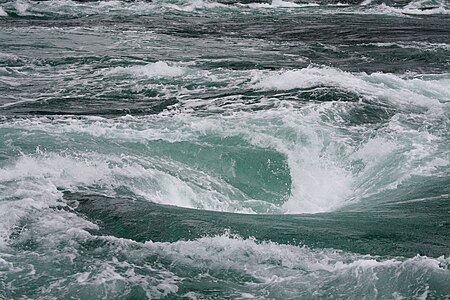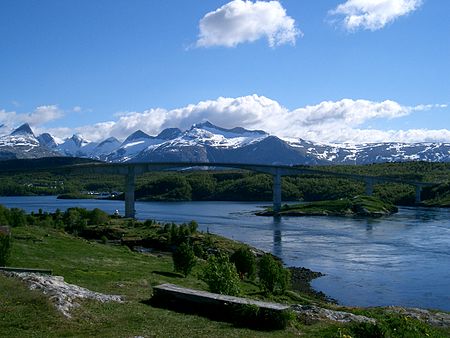What Causes a Whirlpool: Understanding the Phenomenon
Whirlpools are fascinating natural phenomena that capture our attention with their swirling motion and powerful force. Found in various bodies of water, from oceans to rivers, whirlpools have long intrigued scientists and curious minds alike. If you've ever wondered what causes a whirlpool, this article will provide you with a comprehensive understanding of this captivating phenomenon. We will explore the factors that contribute to the formation of whirlpools and delve into their intriguing characteristics. Let's dive in!

The Gulf of Corryvreckan whirlpool in Scotland is the third-largest whirlpool in the world.
-
Definition of a Whirlpool
Before delving into the causes, let's define what a whirlpool is. A whirlpool is a swirling mass of water formed by the interaction of currents or the movement of water in a circular motion. It is typically characterized by a rotating column of water with a downward suction force towards its center.
-
Hydrodynamics and Vortices
To understand the causes of whirlpools, it's important to delve into the field of hydrodynamics. Hydrodynamics is the study of fluid flow and its behavior. One of the key concepts within hydrodynamics is vortices, which are circular patterns of fluid motion. Whirlpools can be considered large-scale vortices that form due to specific conditions.
-
Tidal and Oceanic Whirlpools
Tidal and oceanic whirlpools are commonly observed in coastal areas and large bodies of water. These whirlpools are primarily caused by the interaction of tides, currents, and the unique geography of the area. When tides and currents collide or encounter irregular seabeds, the water can be forced into a swirling motion, resulting in the formation of whirlpools.
-
River Whirlpools
River whirlpools, also known as eddies, are typically formed by the interaction of the river's flow with various obstructions or changes in the riverbed's topography. When the river encounters obstacles such as rocks, bends, or constrictions, it can create localized areas of circulating water. These eddies can range in size and intensity, from small swirls to powerful whirlpools.
-
Atmospheric Conditions and Whirlwinds
​​​​​​​
Whirlpools are not limited to bodies of water; they can also occur in the atmosphere. Atmospheric whirlpools, known as whirlwinds or tornadoes, are formed under specific atmospheric conditions. When warm and cold air masses collide, the resulting instability can create a rotating column of air. These whirlwinds can vary in size and intensity, with tornadoes being the most powerful and destructive form.

-
Maelstroms and Underwater Whirlpools
​​​​​​​
Maelstroms, often associated with maritime folklore, are powerful and chaotic whirlpools that occur in open water. These whirlpools can be caused by the convergence of strong tidal currents, oceanic currents, and underwater topography. Maelstroms are known for their immense power and are often depicted as dangerous phenomena.
-
Human-Created Whirlpools
​​​​​​​
In certain cases, human activities can contribute to the formation of whirlpools. For example, large ships moving through narrow channels or straits can generate significant water disturbances, leading to the creation of temporary whirlpools. Similarly, artificial structures such as dams or spillways can alter the natural flow of water, resulting in the formation of whirlpools downstream.
Whirlpools are captivating natural phenomena that occur in bodies of water and the atmosphere. Their formation is influenced by a combination of factors, including tidal and oceanic interactions, river topography, atmospheric conditions, and human activities. Understanding the causes of whirlpools enhances our appreciation for the intricate dynamics of fluid flow and the powerful forces at playin the natural world. Whether you encounter a mesmerizing oceanic whirlpool or witness the raw power of a tornado, the formation of these swirling vortices remains a subject of scientific exploration and awe. Next time you come across a whirlpool, take a moment to appreciate the complex interplay of forces that bring this captivating phenomenon to life.